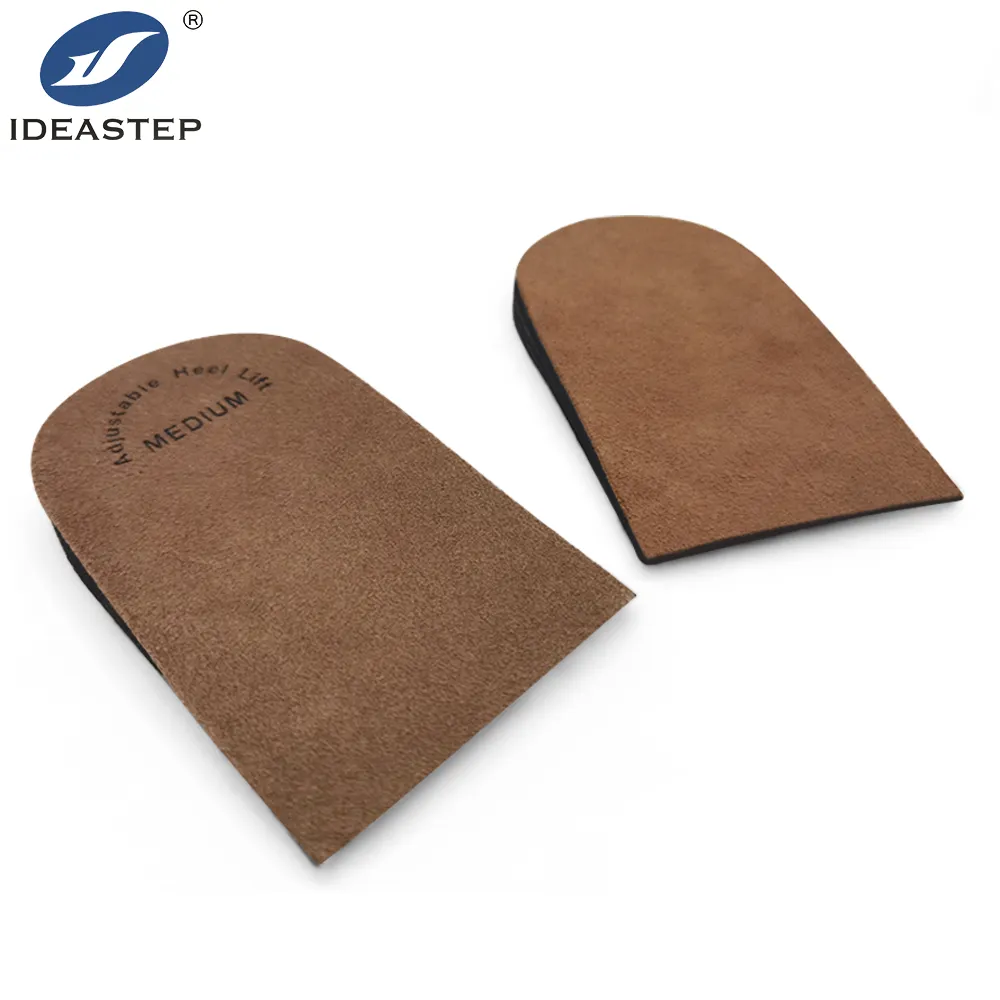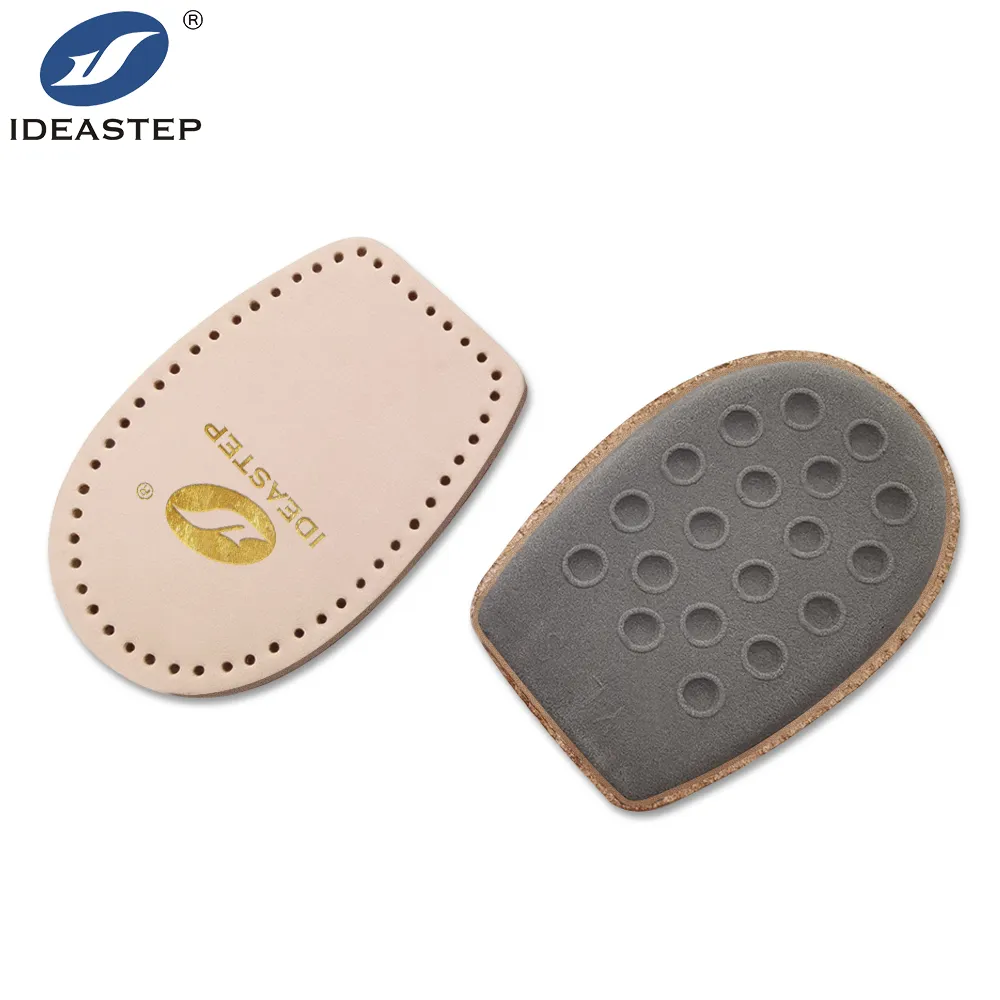
Introduction
In industries that range from manufacturing to healthcare, heel pain can be quite common, with serious issues of reduced comfort and curtailed productivity. Whatever the mode—whether very long standing, poorly designed footwear, or some underlying medical conditions—the heel pain can hold the pace of operations against the discomfort of employees. Fortunately, good news abounds: inserts for heel pain and heel pads can relieve much-needed mobility that can even help prevent further injury. In this article, we will investigate the causes of heel pain, how heel inserts and heel pads can help, and how to choose appropriate products for your needs.
What Is Heel Pain?
Heel pain is discomfort emanating from either the bottom or back of the heel. Pain in the heel is usually noticed after a person has taken a long walk or participated much in activities after resting. Several conditions can cause pain in the heel, and knowing what contributes to the problem at your place of work may be quite helpful. The common conditions include:
- Plantar Fasciitis: This is the single most common cause of heel pain. It occurs when overuse or stress inflames the tissue connecting the heel to toes.
- Achilles Tendinitis: Pain in the rear portion of the heel may be the result of inflammation of the Achilles tendon, commonly because of repetitive strain or improper footwear.
- Heel Spurs: Small, bony growths that develop on the heel bone, usually due to plantar fasciitis. They may be very painful, especially upon standing or during walking.
- Heel Bursitis: If the bursa, a small fluid-filled sack at the back of the heel, becomes inflamed through excessive pressure or activity.
These are just a few of the many possible examples, as heel pain can also emanate from stress fractures, arthritis, or even nerve problems. Whatever the cause, dealing with it quickly is important for keeping your team on its feet.
Easing Heel Pain with Inserts and Heel Pads
There are various ways of heel pain treatment, but one of the most effective solutions for heel pain involves inserts or heel pads. These help give extra support and cushioning, taking the pressure off from being directed all on the heel and hence causing less discomfort. Here’s how they work:
- Heel Pain Inserts: These are insoles for shoes that are designed to distribute the weight of the foot in a manner that will not put extra stress on the heel. In conditions such as plantar fasciitis and heel spurs, shoe inserts offer arch support and heel cushion, hence reducing the pain that may be felt when one has to walk or stand for long hours.
- Heel Pads: These are pads that provide concentrated cushioning in the heel area only. It absorbs shock and saves the heel bone from undue pressure. This will be highly beneficial for those workers who have to stand for extended periods or are recovering from an injury in the heel section.
The right type of insert or heel pad needs to be selected in light of the particular condition causing pain for maximum benefit. Most products are made with materials that allow for long-lasting comfort, such as EVA foam or gel, making them very well suited for work environments, including those of industrial or heavy-duty work.

Choosing the Right Inserts for Heel Pain Relief
There are various conditions of heel pain that call for different types of inserts. Let’s break it down:
| Condition | Recommended Insert or Heel Pad |
|---|---|
| Plantar Fasciitis | Arch-supporting insoles with firm but flexible cushioning |
| Achilles Tendinitis | Heel lift inserts to reduce tension at the tendon and provide more support |
| Heel Spurs | Thick, cushioned heel pads which would offer protection against further irritation of the bony growth. |
| Heel Bursitis | Soft gel heel pads, which reduce friction and further pressure on the inflamed area. |
When one chooses inserts for heel pain, much importance lies in fitting inside the shoes and providing the right support that may be required. Customization, however, offers the best solution for businesses that have to provide workers with the right fit of their shoes. However, heel pads and inserts themselves are not a cure but a means to manage symptoms and improve comfort. If the pain is chronic or sharp, one would be better off consulting a professional foot specialist.
When Medical Help is Required
Though heel pain inserts may provide immense relief, one needs to know when the pain requires more than using inserts. Following are some symptoms indicating when the use of inserts is not sufficient for relieving the pain:
- Pain persists even at rest or in good-fitting shoes.
- Swelling, redness, or warmth around the heel.
- Difficulty in walking or cannot put weight on the foot.
- Repeat pain that does not get better with over-the-counter remedies.
It is good to consult a podiatrist or doctor, as they are more appropriately equipped with diagnosing the ailing condition. Inserts and heel pads may provide relief but cannot heal actual conditions like fractured bones or severe inflammation. A medical professional’s timely intervention can prevent deterioration.

Conclusion
Heel pain can be so devastating to the comfort and productivity of your workforce; it doesn’t have to be that way. With the proper insoles and heel pads, most of the common conditions causing heel pain are effectively manageable to the comfort and productivity of your employees. At Ideastep, we have provided many industries with top-quality, customizable inserts and heel pads to suit their needs. From plantar fasciitis and heel spurs to Achilles tendinitis, we’re there to help you find the perfect solution for your business.
If you are interested in Ideastep, please click here to learn more. Additionally, Ideastep offers custom insole services, or you can directly contact Ideastep to tell us your needs.
